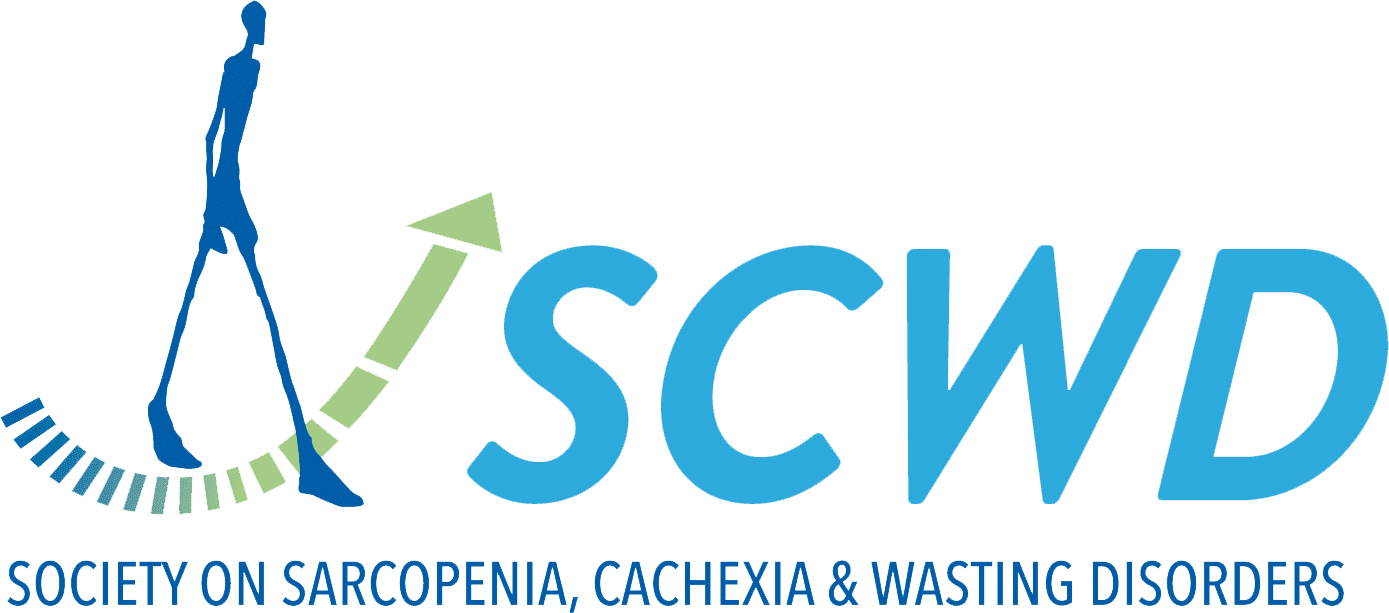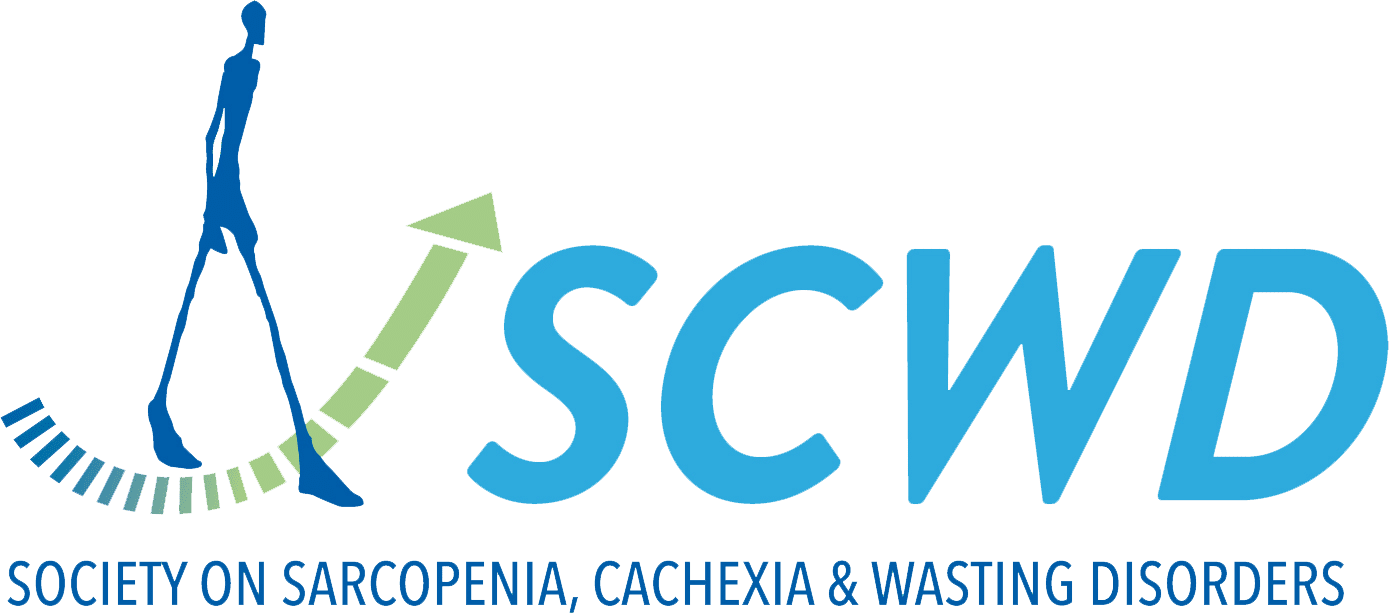Longitudinal Follow-Up of Patients With Duchenne Muscular Dystrophy Using Quantitative Na and H MRI.
Quantitative muscle MRI commonly evaluates disease activity and muscle wasting in Duchenne muscular dystrophy (DMD). Disturbances in ion homeostasis contribute to DMD pathophysiology, but their relationships with disease progression is unclear. Na MRI may provide insights into the disease course...


